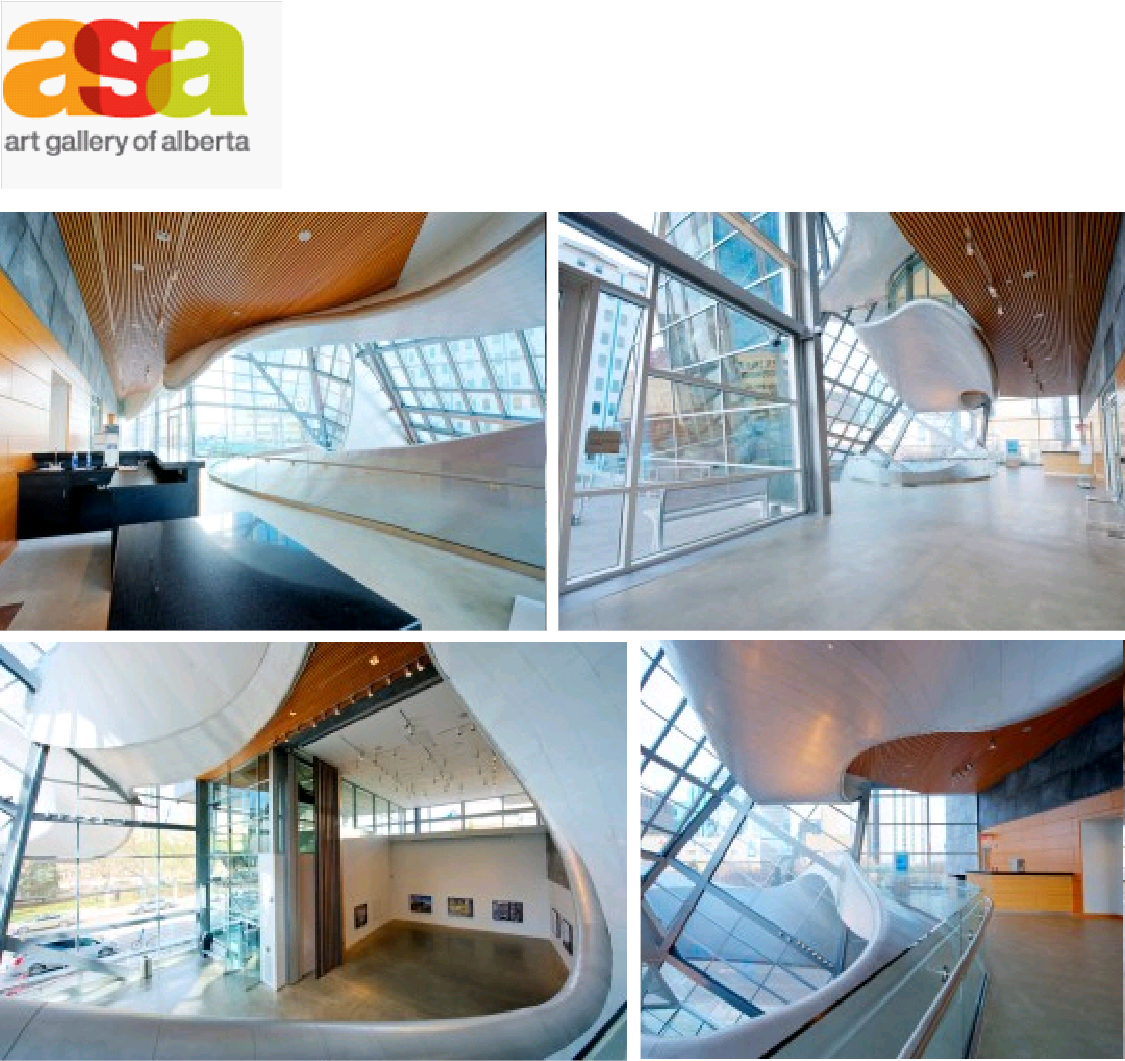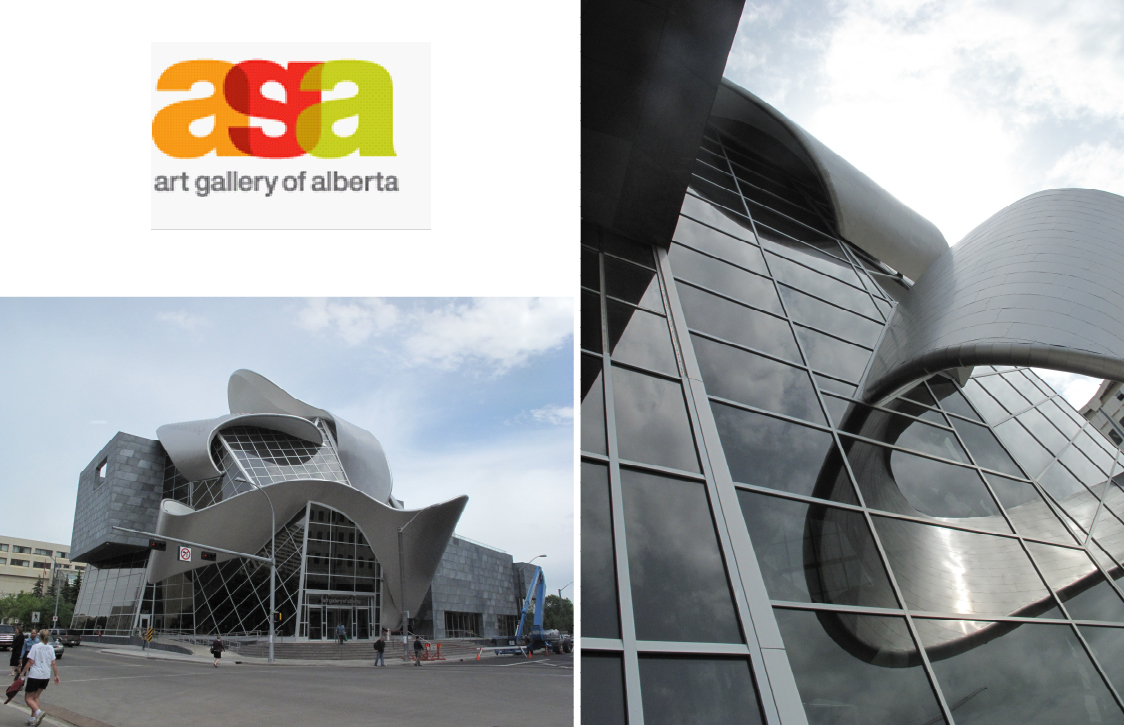The new AGA will be a centre of excellence for the visual arts in Western Canada in the 21st century, expressing the creative spirit of Alberta. The Gallery will feature:
- Significant increases in the exhibition spaces (from 16,000 sq ft to 30,000 sq ft)
- Dedicated gallery space for the AGA permanent collection of over 6,000 works of art
- Expanded Education Centre
- Restaurant, gallery shop, and 150 seat theatre
- Unique facility rental spaces such as an atrium for banquets with catering kitchen, outdoor sculpture court and ‘floating’ private lounge
Randall Stout, FAIA, is the President and Principal-in-Charge of Los Angeles-based Randall Stout Architects, Inc. A visionary whose evocative design aesthetic consistently challenges architectural conventions, Stout creates environments that capture the unique composition of their natural surroundings, while transforming light, shadow, form, and materials into dynamic architecture. Directing projects worldwide, Stout’s design experience encompasses museum, civic, educational, commercial, institutional, industrial, recreational, and residential facilities. Across this broad spectrum of project types, his buildings are known for dynamic forms, state of the art technology, and environmental sustainability.
A passionate advocate for environmental responsibility, Stout is a LEED (Leadership in Energy and Environmental Design) accredited architect. He lectures widely on the topic of green design and focuses on real strategies and results for sustainable design both in the U.S. and abroad.
Before starting his own firm, Stout worked 4 years at Skidmore, Owings and Merrill, and 7-1/2 years for Frank O. Gehry & Associates
Crafted of patinaed zinc, high performance glazing, and stainless steel, the building has a timeless appearance and extraordinary durability in the northern climate. Transparent glazing planes and reflective metal surfaces animate the building, exposing the activities within and engaging people and art at multiple levels on both the interior and exterior. Selected to reflect Edmonton’s dramatic weather patterns and the extreme contrast of the long days of summer and the short days of winter, these materials create a dynamic quality that allow the building to transform along with its natural surroundings. Not only does the building change throughout the day, it changes from season to season. More static building materials would not allow for this type of ephemeral connection between the building and the site.
The design reinvents the museum’s public spaces through a continuous stainless steel surface that moves lithely through the museum’s interior and exterior spaces. Wall and ceiling become one fluid surface which captures the spatial volume while guiding the public through entry points, wrapping event and gathering spaces, and leading on to the galleries. Galleries were conceived as more conventional spaces in order to maximize flexibility for curators and maintain the high level of environmental control necessary to house traveling exhibitions and the Gallery’s collection. On the exterior, the galleries are expressed as simple stacked rectangular boxes, establishing a dialogue with the existing building mass as well as a heightened juxtaposition with the undulating surfaces of the public spaces. These two languages of mass and curvilinear form define an inviting rhythm of destination and path in a unique way-finding experience for visitors.
The original museum building, a 1960s Brutalist-style concrete structure, was undersized and not taking full advantage of its high-profile location on the public square. The addition/renovation project has upgraded the previously below-standard galleries and art handling facilities and includes new celebratory public event areas including the entry lobby, Gallery Great Hall, multi-purpose theatre, café, museum store, Member’s Lounge, and outdoor sculpture terrace. Edmonton’s underground light rail transportation system (LRT) and public pedway are accessible from the main entry lobby. The new building totals 84,000 SF, adding 27,000 SF of new public spaces and galleries and includes approximately 24,000 SF of interior exhibition space.
Currently Showing
FIRE May 29-Aug 2
Sandra Bromley has worked with victims of violence at home in Edmonton and from conflict zones around the world. Her interviews and photos of women and children affected by war are the basis for a group of portraits of women and children from Sierra Leone and Cambodia that have been incorporated into a new installation created for the Art Gallery of Alberta’s RBC New Works Gallery.
FIRE is an anti-war installation that was inspired by a trip the artist made to Sierra Leone where she interviewed child soldiers and war brides. Bromley worked with a group of girls, some as young as 8 years old, who had been kidnapped by rebel soldiers. Forced to work as labourers and sex slaves, these young women are now trying to create positive futures for themselves with the help of under-funded and stalled training programs. Bromley has worked on themes of violence in her work for many years, and has gained international recognition for the Gun Sculpture installation, which has been exhibited in various cities around the world.


Add a comment
0 Comments